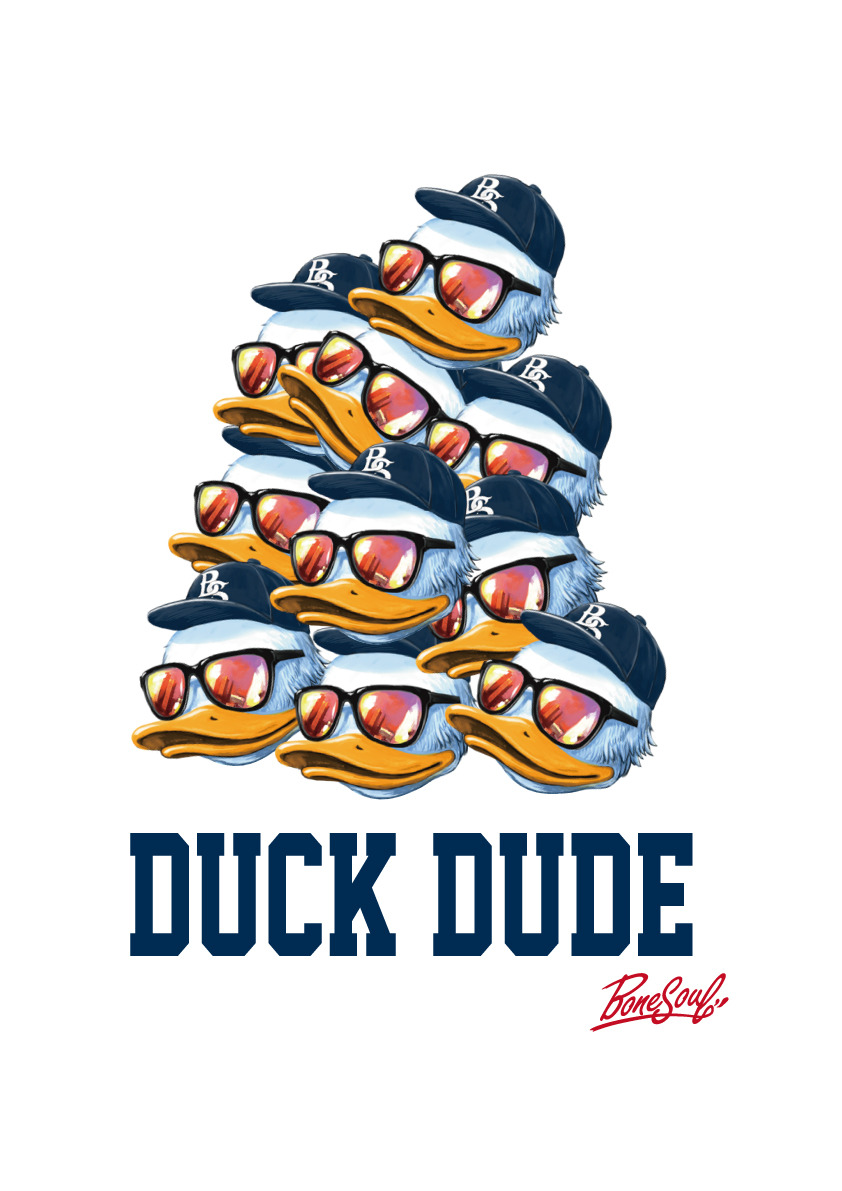

The Grey Teal is lighter in colour than the Chestnut Teal, particularly around the head and neck. The male and female have a similar appearance. On the water, the Grey Teal is a small duck which floats high. Its general colour above is a dark grey-brown with a pale almost white face and throat.
#Mountain duck 1.8.3 buy Patch
In flight, the Grey Teal has a wedge-shaped white patch on both the upperwing and underwing. It has a shorter and thicker neck than the Black Duck. Habitat and distributionĪ major game species, the Grey Teal is common and widely distributed throughout Australia. Grey Teal can be found across a range of habitat types, from mangrove estuaries of the coast to deep, cold lakes of the highlands. It is found in its greatest numbers in the tree-lined billabongs, lagoons and floodwaters of the Murray-Darling River system. The female has a loud penetrating "laughing" quack repeated rapidly fifteen or more times.įor more detailed information and video click: The species is highly nomadic and will move in response to local conditions. The Wood Duck is a medium-sized goose-like duck with long legs, extended neck, short head and is related to the pygmy-geese of tropical Australia. In flight, the Wood Duck has slow wing beats, large white patches on the rear of the upperwing near the body and a white triangle on the upperwing near the body. The male has a black undertail and belly while the female has a white belly and dark eyestripes. On the water or on land, the Wood Duck is a medium-sized, light-coloured duck with a dark head, a characteristic high-tailed posture on water and erect posture on land.

The Wood Duck is widely distributed and is common throughout Australia. However, it is rare and considered to be a vagrant in tropical Australia. Wood Duck prefer lightly timbered country near water, be it swamps, dams, rivers or other waterways, where there is short grass or herbage beneath the trees.


 0 kommentar(er)
0 kommentar(er)
